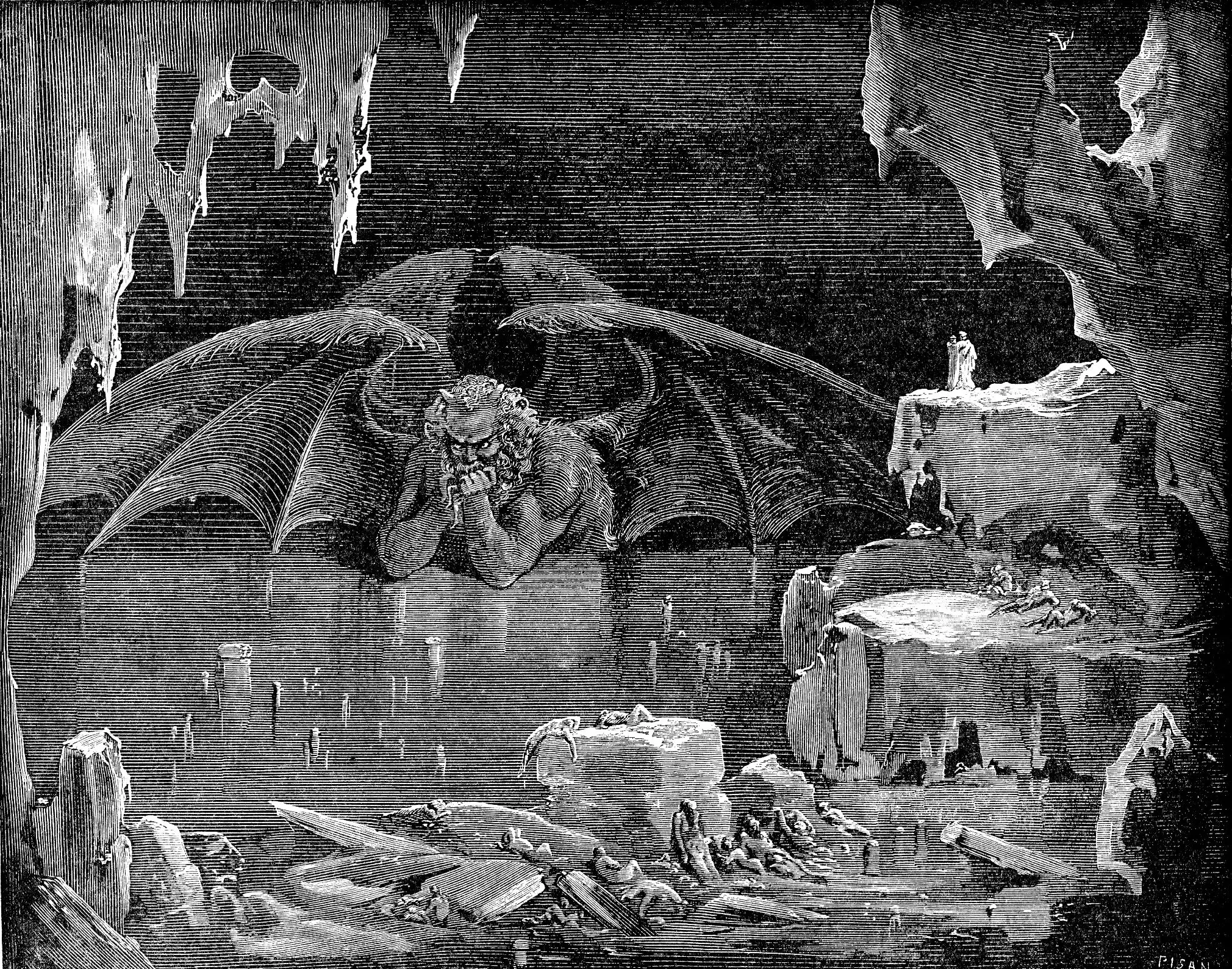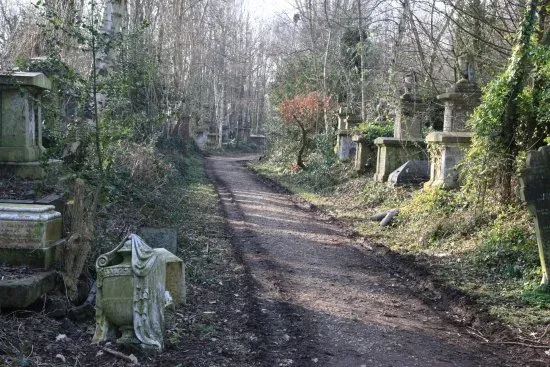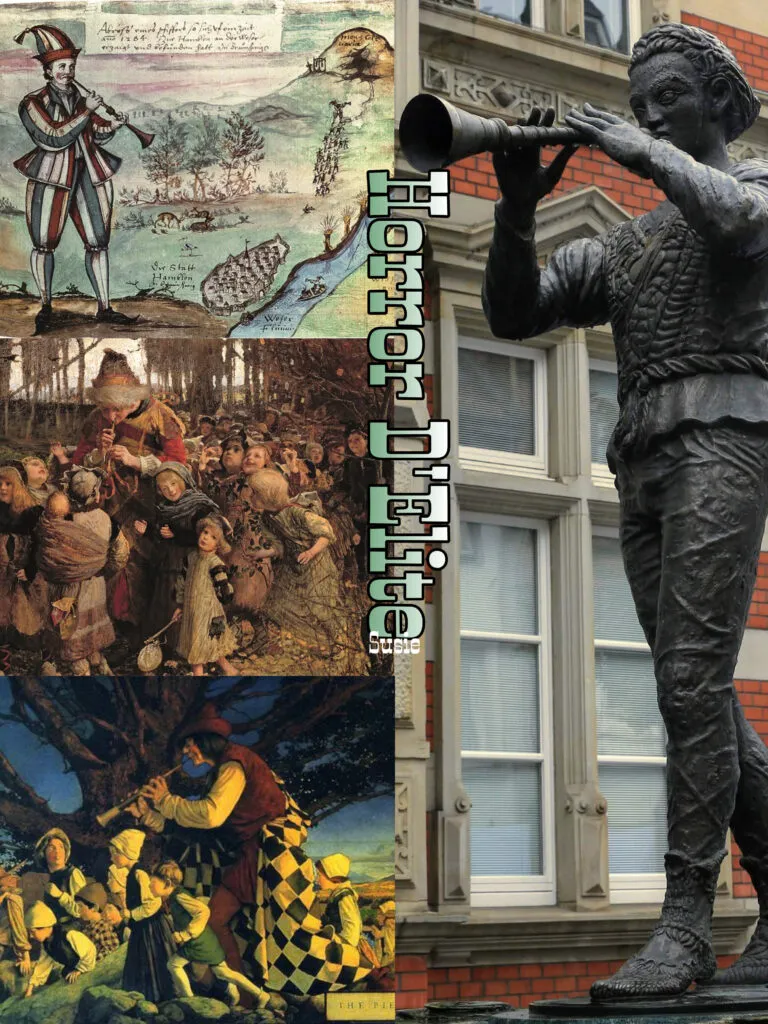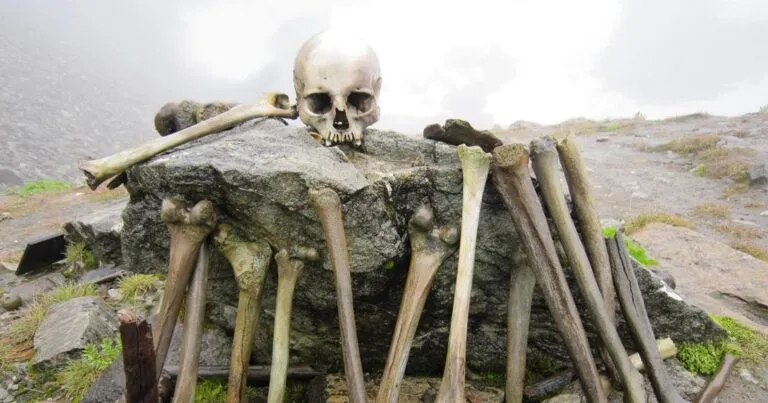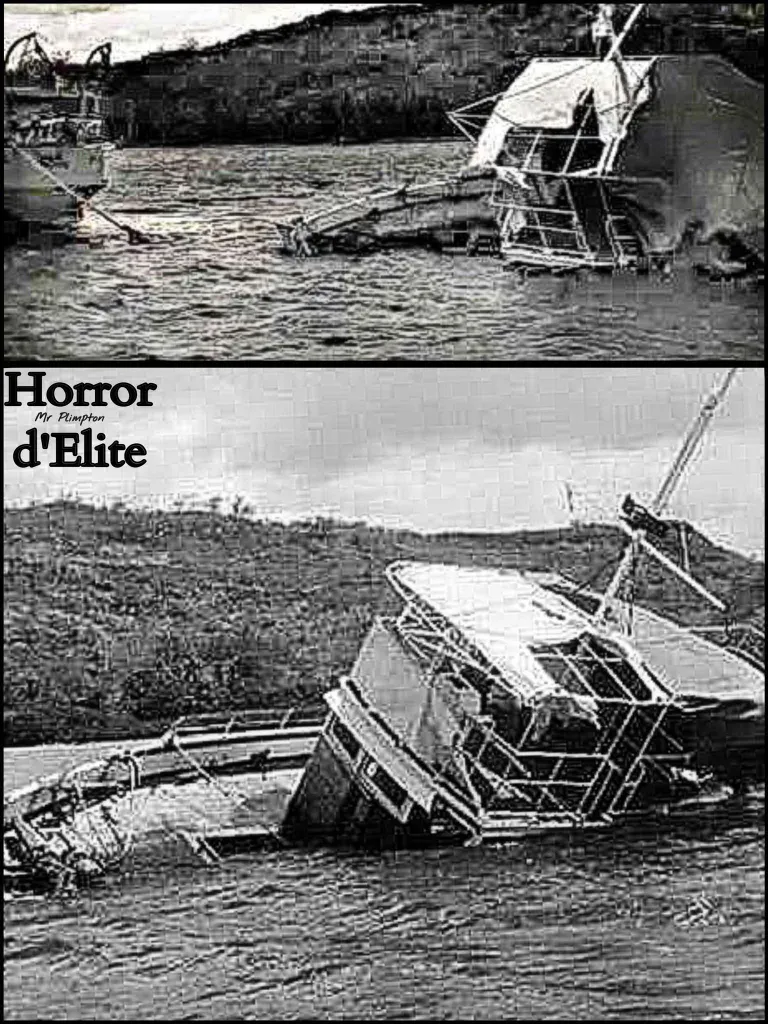Devil of Devonshire
The story of the “Devil of Devonshire” refers to a mysterious and unsettling event that took place in the county of Devon, in the southwest of England, in February 1855. After a night of heavy snowfall, the local inhabitants awoke to discover a peculiar series of footprints in the fresh snow, stretching over 150 kilometers across various villages and farmlands. These footprints, which appeared to be left by a bipedal animal with cloven hooves, sparked fear and astonishment among the population, giving rise to the legend of the “Devil of Devonshire.”
Characteristics of the Footprints of the Devil of Devonshire
The footprints were elongated, measuring about 10-15 centimeters in length and 7-9 centimeters in width, with a regular distance between them, as if left by a bipedal being. The strangest part was that the footprints seemed to ignore any obstacles: they crossed roofs, walls, and even rivers without interruption, as if the creature had walked straight through everything. This detail contributed to the idea that the footprints were the work of the devil himself.
Hypotheses and Theories
Theory 1
If it was indeed a prankster tightrope walker, they must have had a tough time covering more than 50 km in the freezing night and through deep fresh snow. Moreover, they must have been in quite a hurry, as the footprints often stopped right at the doorstep.
The “Plymouth Gazette” reported on the idea of a priest who suggested it was a kangaroo, forgetting that kangaroos have clawed feet. This hypothesis was contested and contrasted by the more plausible one presented in the “Flying Post,” which indicated a bird as the likely cause of the mysterious trail of footprints. However, this theory was immediately debunked by another article in the “Illustrated London News,” which pointed out that no bird in the world has hooved feet!
Additionally, the writer mentioned that, despite having spent over five months in the snowy expanses of Canada, they had never come across similar footprints. On March 3rd, in the “Illustrated London News,” the great naturalist and anatomist Richard Owen concluded that scientific analysis of the footprints pointed to a badger. That night, evidently, some badgers had awoken from their winter sleep and ventured out of their burrows in search of food. A plausible hypothesis, except that Owen didn’t explain why all those badgers had decided to hop around on just one leg…
Theory 2
Perhaps the most plausible hypothesis was proposed by Geoffrey Household, who in 1985 published a book titled The Devil’s Footprints, in which all the testimonies related to this mysterious case were collected.
Here is the possible, logical explanation of the events: “I am inclined to believe that on that night, a weather balloon may have risen from the center of the naval base at Devonport, possibly due to some mishap. Free from its moorings, it could have floated over the area without any control. Hanging from the object were two bags attached to ropes. These weights left the footprints, which also explains why they were found on rooftops…
This is certainly important information that could explain the dynamics of what happened. But even if we accept it as true, there’s still at least one detail that doesn’t add up.
If you look at a map of the area between Topsham and Exmouth, where the devil’s footprints were found, you can immediately see that they follow a wide, indecipherable pattern. Would a weather balloon have ‘behaved’ in such a disorderly manner? Wouldn’t it have followed a straight path, along the direction of the prevailing wind, which, incidentally, was blowing from the east that night?
In short, the Devil of Devonshire remains an intriguing puzzle. A mystery that, after more than a century, continues to remain unsolved.”

Subscribe to our YouTube channel
